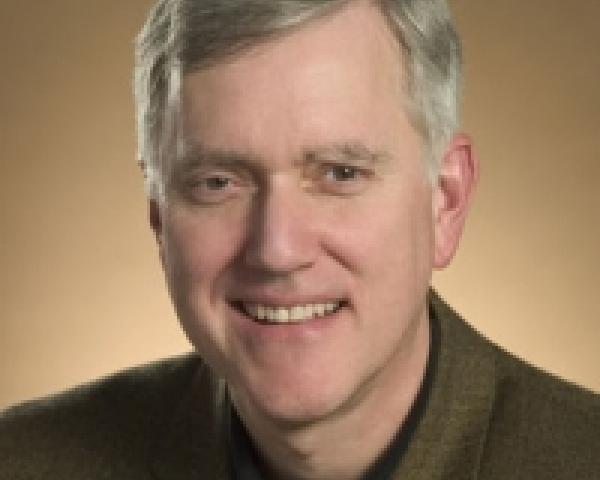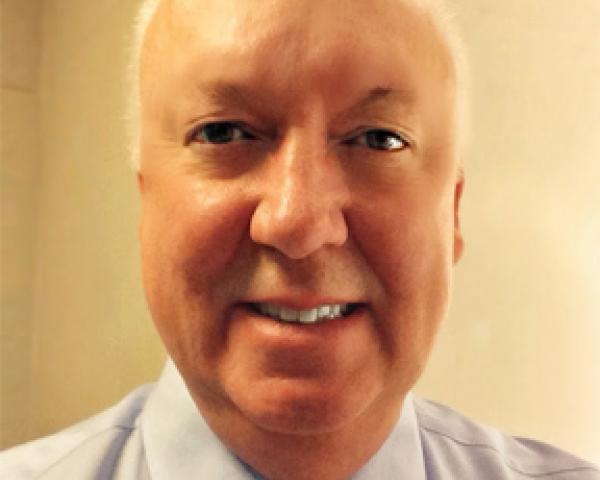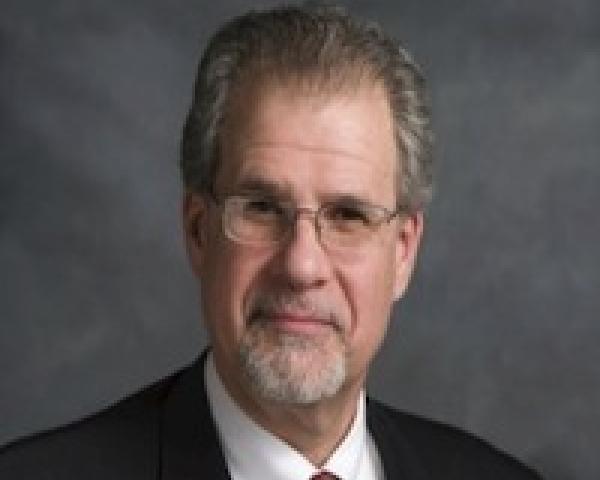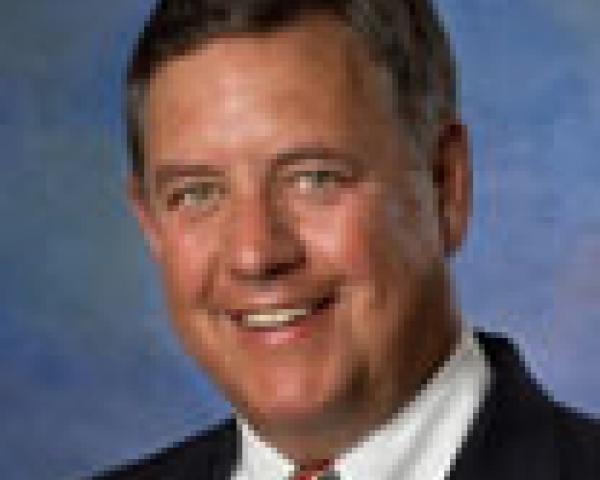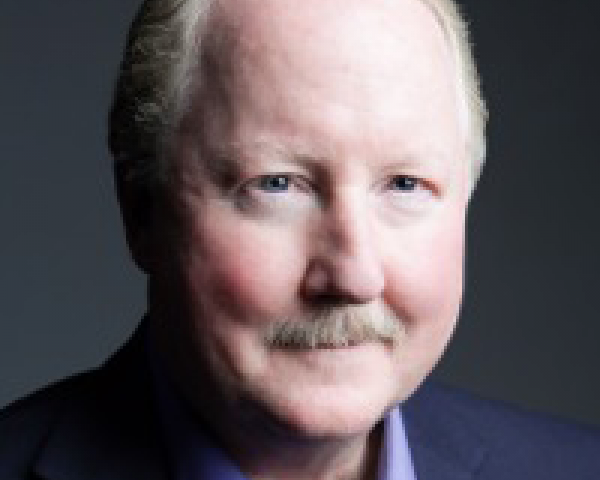Although it may not seem like it, in the second quarter of this year the U.S. economy passed into the beginning of its seventh year of expansion. In the 158 years that the National Bureau of Economic Research (the arbiters of "official" U.S. economic cycles) has been keeping records, ours is now the fifth-longest economic cycle, at 75 months. For fun, when did the longest cycles occur, and what circumstances characterized them? Is there anything we can learn from historical perspective about what may lie ahead for the current cycle?
The first cycle longer than the current, by only five months, is the 1938-1945 U.S. economic expansion cycle. Of course, this was the immediate post-Depression recovery cycle. What preceded this cycle, from 1933-1937, was the bulk of FDR's New Deal spending program, a program that certainly rebuilt confidence and paved the way for a U.S. manufacturing boom as war on European and Japanese lands destroyed their respective manufacturing capabilities for a time. More than anything, the war-related destruction of the industrial base of Japan and Europe was the growth accelerant of the post-Depression U.S. economy.
In historically sequential order, the U.S. economy grew for 106 months between 1961 and 1970. What two occurrences surrounded this economic expansion that were unique in the clarity of hindsight? A quick diversion. In 1946, the first bank credit card was issued by the Bank of Brooklyn, called the "Charge-It" card. Much like American Express today, the balance needed to be paid in full monthly. We saw the same thing when the Diners Club Card became popular in the 1950s. But in 1958, both American Express and Bank of America issued credit cards to their customers broadly. We witnessed the beginning of the modern day credit culture in the U.S. economic and financial system. A support to the follow-on 1961-1970 economic expansion? Without question.
Once again in the 1960s, the influence of a major war on the U.S. economy was also apparent. Lyndon Johnson's "guns and butter" program increased federal spending meaningfully, elongating the U.S. expansion of the time.
The remaining two extended historical U.S. economic cycles of magnitude (1982-1990, at 92 months, and 1991-2001, at 120 months) both occurred under the longest bull market cycle for bonds in our lifetime. Of course, a bull market for bonds means interest rates are declining. In November 1982, the 10-year Treasury sported a yield of 10.5%. By November 2001, that number was 4.3%. Declining interest rates from the early 1980s to the present constitute one of the greatest bond bull markets in U.S. history. The "credit cycle" spawned by two decades of continually lower interest rates very much underpinned these elongated growth cycles. The question being, at the generational lows in interest rates that we now see, will this bull run be repeated?
So fast-forward to today. What has been present in the current cycle that is anomalistic? Pretty simple. Never in any U.S. economic cycle has federal debt doubled, but it has in the current cycle. Never before has the Federal Reserve "printed" more than $3.5 trillion and injected it into U.S. financial markets, until the last seven years. Collectively, the U.S. economy and financial markets were treated to more than $11 trillion of additional stimulus, a number that totals more than 70% of current annual U.S. GDP. No wonder the current economic cycle is pushing historical extremes in terms of longevity. But what lies ahead?
As we know, the U.S. Fed has stopped printing money. Maybe not so coincidentally, in recent months macroeconomic indicators have softened noticeably. This is happening across the globe, not just in the U.S. As we look forward, what we believe most important to U.S. economic outcomes is what happens outside of the U.S. proper.
Specifically, China is a key watch point. It is the second-largest economy in the world and is undergoing not only economic slowing, but the very beginning of the free floating of its currency, as we discussed last month. This is causing the relative value of its currency to decline against global currencies. This means China can "buy less" of what the global economy has to sell. For the emerging market countries, China is their largest trading partner. If China slows, they slow. The largest export market for Europe is not the U.S., it's China. As China slows, the Euro economy will feel it. For the U.S., China is also important in being an end market for many companies, crossing industries from Caterpillar to Apple.
In the 2003-2007 cycle, it was the U.S. economy that transmitted weakness to the greater global economy. In the current cycle, it's exactly the opposite. It is weakness from outside the U.S. that is our greatest economic watch point as we move on to the end of the year. You may remember in past editions we have mentioned the Atlanta FED GDP Now model as being quite the good indicator of macroeconomic U.S. tone. For the third quarter, the model recently dropped from 1.7% estimated growth to 0.9%. Why? Weakness in net exports. Is weakness in the non-U.S. global economy the real reason the Fed did not raise interest rates in September?
Interest Rates
As you are fully aware, the Fed again declined to raise interest rates at its meeting last month, making it now 60 Fed meetings in a row since 2009 that the Fed has passed on raising rates. Over the 2009-to-present cycle, the financial markets have responded very positively in post-Fed meeting environments where the Fed has either voted to print money (aka "Quantitative Easing") or voted to keep short-term interest rates near zero. Not this time. Markets swooned with the again seemingly positive news of no rate increases. Very much something completely different in terms of market behavior in the current cycle. Why?
We need to think about the possibility that investors are now seeing the Fed, and really global central bankers, as to a large degree trapped. Trapped in the web of intended and unintended consequences of their actions. As we have argued for the past year, the Fed's greatest single risk is being caught at the zero bound (0% interest rates) when the next U.S./global recession hits. With declining global growth evident as of late, this is a heightened concern, and that specific risk is growing. Is this what the markets are worried about?
It's a very good bet that the Fed is worried about and reacting to the recent economic slowing in China along with Chinese currency weakness relative to the U.S. dollar. Not only are many large U.S. multi-national companies meaningful exporters to China, but a rising dollar relative to the Chinese renminbi is about the last thing these global behemoths want to see. As the dollar rises, all else being equal, it makes U.S. goods "more expensive" in the global marketplace. A poster child for this problem is Caterpillar. Just a few weeks ago, it reported its 33rd straight month of declining world sales. After releasing that report, it announced that 10,000 would be laid off in the next few years.
As we have explained in past writings, if the Fed raises interest rates, it would be the only central bank on Earth to do so. Academically, rising interest rates support a higher currency relative to those countries not raising rates. So the question becomes, if the Fed raises rates will it actually further hurt U.S. economic growth prospects globally by sparking a higher dollar? The folks at Caterpillar may already have the answer.
Finally, we should all be aware that debt burdens globally remain very high. Governments globally have borrowed, and continue to borrow, profusely in the current cycle. U.S. federal debt has more than doubled since 2009, and, again, we will hit yet a U.S. government debt ceiling in December. Do you really think the politicians will actually cap runaway debt growth? We'll answer as soon as we stop laughing. As interest rates ultimately trend up, so will the continuing interest costs of debt-burdened governments globally. The Fed is more than fully aware of this fact.
In conjunction with all of this wonderful news, as we have addressed in prior writings, another pressing issue is the level of dollar-denominated debt that exists outside of the U.S.. As the Fed lowered rates to near zero in 2008, many emerging market countries took advantage of low borrowing costs by borrowing in U.S. dollars. As the dollar now climbs against the respective currencies of these non-dollar entities, their debt burdens grow in absolute terms in tandem with the rise in the dollar. Message being? As the Fed raises rates, it increases the debt burden of all non-U.S. entities that have borrowed in dollars. It is estimated that an additional $7 trillion in new dollar-denominated debt has been borrowed by non-U.S. entities in the last seven years. Fed decisions now affect global borrowers, not just those in the U.S.. So did the Fed pass on raising rates in September out of concern for the U.S. economy, or issues specific to global borrowers and the slowing international economies? For investors, has the Fed introduced a heightened level of uncertainty in their decision-making?
Prior to the recent September Fed meeting, Fed members had been leading investors to believe the process of increasing interest rates in the U.S. was to begin. So in one very real sense, the decision to pass left the investment world confused. Investors covet certainty. Hence a bit of financial market turbulence in the aftermath of the decision. Is the Fed worried about the U.S. economy? The global economy? The impact of a rate decision on relative currency values? Is the Fed worried about the emerging economies and their very high level of dollar-denominated debt? Because Fed members never clearly answer any of these questions, they have now left investors confused and concerned.
What this tells us is that, from a behavioral standpoint, the days of expecting a positive Pavlovian financial market response to the supposedly good news of a U.S. Fed refusing to raise interest rates are over. Keeping rates near zero is no longer good enough to support a positive market sentiment. In contrast, a Fed further refusing to raise interest rates is a concern. Let's face it, there is no easy way out for global central bankers in the aftermath of their unprecedented money printing and interest rate suppression experiment. This, we believe, is exactly what the markets are now trying to discount.
The U.S. Stock Market
We are all fully aware that increased price volatility has characterized the U.S. stock market for the last few months. It should be no surprise as the U.S. equity market had gone close to 4 years without having experienced even a 10% correction, the third-longest period in market history. In one sense, it's simply time, but we believe the key question for equity investors right now is whether the recent noticeable slowing in global economic trajectory ultimately results in recession. Why is this important? According to the playbook of historical experience, stock market corrections that occur in non-recessionary environments tend to be shorter and less violent than corrections that take place within the context of actual economic recession. Corrections in non-recessionary environments have been on average contained to the 10-20% range. Corrective stock price periods associated with recession have been worse, many associated with 30-40% price declines known as bear markets.
We can see exactly this in the following graph. We are looking at the Dow Jones Global Index. This is a composite of the top 350 companies on planet Earth. If the fortunes of these companies do not represent and reflect the rhythm of the global economy, we do not know what does. The blue bars marked in the chart are the periods covering the last two U.S. recessions, which were accompanied by downturns in major developed economies globally. As we've stated many a time, economies globally are more linked than ever before. We live in an interdependent global world. Let's have a closer look.
If we turn the clock back to late 1997, an emerging markets currency crisis caused a 10%-plus correction in global stock prices but no recession. The markets continued higher after that correction. In late 1998, the blowup at Long Term Capital Management (a hedge fund management firm implosion that caused a $3.6 billion bailout among 16 financial institutions under the supervision of the Fed) really shook the global markets, causing a 20% price correction, but no recession, as the markets continued higher into the early 2000 peak. From the peak of stock prices in early 2000 to the first quarter of 2001, prices corrected just more than 20% but then declined yet another 20% that year as the U.S. did indeed enter recession. The ultimate peak to trough price decline into the 2003 bottom registered 50%, quite the bear market. Again, this correction was accompanied by recession.
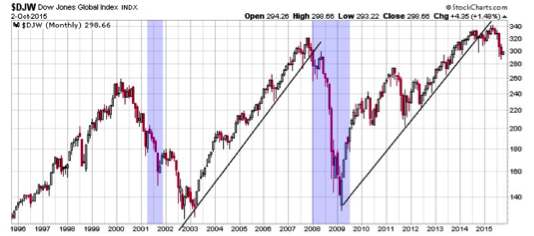
The experience from 2003 to early 2008 is similar. We saw 10% corrections in 2004 and 2006, neither of which were accompanied by recession. The markets continued higher after these two corrective interludes. Late 2007 into the first quarter of 2008 witnessed just shy of a 20% correction, but being accompanied by recession meant the peak-to-trough price decline of 2007-2009 totaled considerably more than 50%.
We again see similar activity in the current environment. In 2010, we saw a 10% correction and no recession. In 2011, we experienced a 20% correction. Scary, but no recession meant higher stock prices were to come.
So we now find ourselves at yet another of these corrective junctures, and the key question remains unanswered. Will this corrective period for stock prices be accompanied by recession? We believe this question needs to be answered from the standpoint of the global economy, not the U.S. economy singularly. For now, the jury is out, but we know evidence of economic slowing outside of the U.S. is gathering force.
As you may be aware, another U.S. quarterly earnings reporting season is upon us. Although the earnings results themselves will be important, what will be most meaningful is guidance regarding 2016, as markets look ahead, not backward. We'll especially be interested in what the major multinationals have to say about their respective outlooks, as this will be a key factor in assessing where markets may be moving from here.







